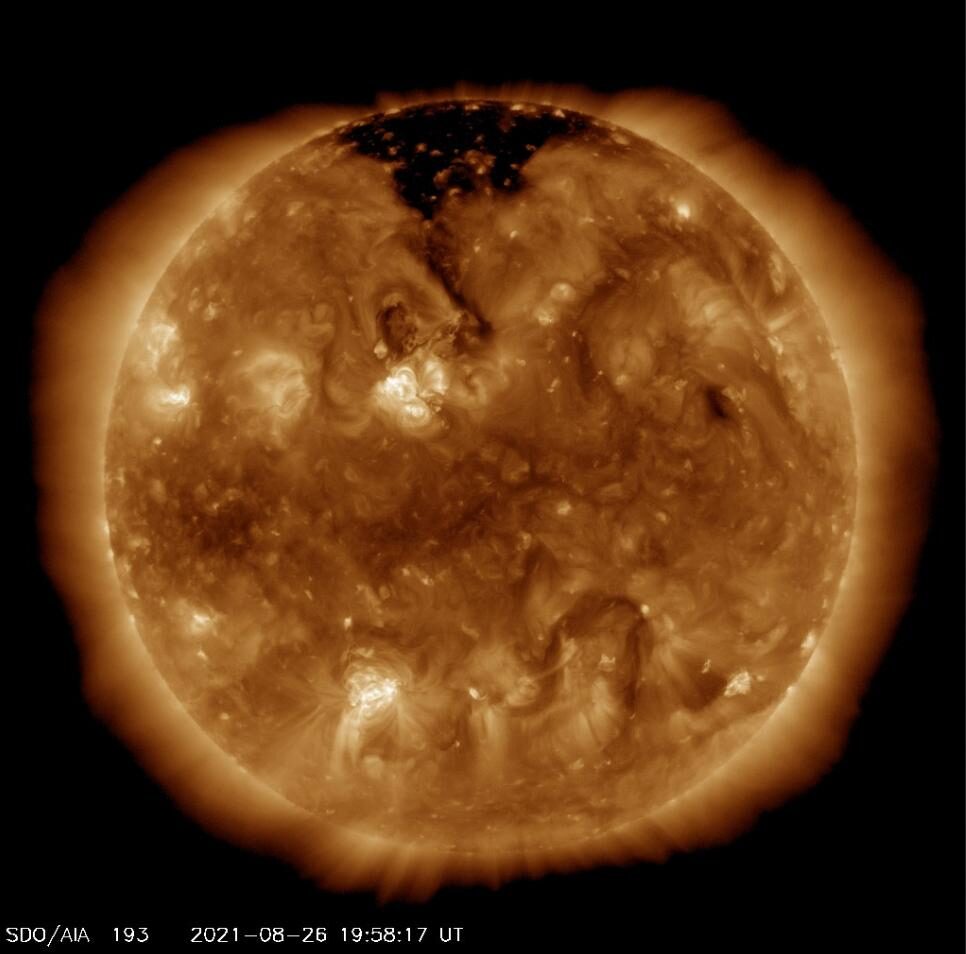OF THE
TIMES
I hope that a huge solar flare eventually burns up the digital dictatorship being implemented right now. Hopefully destroying all 5G antennas beyond repair.maybe mother nature will come to our rescue..maybe thats whats freakin the control freaks out...
A nation that continues year after year to spend more money on military defense than on programs of social uplift is approaching spiritual doom.
It seems to me - century old cherries must have value - did Washington anticipate this - that ole French - Indian war commander? If so, sons of...
I got my own personnel assets been "confiscated" by these mother fucker - "RSX" out of Van-Eck and mother fuck them - if you steal from a pirate...
I would have eaten a cherry and tried a shot of the brine too!
Just another psyops/hoax, move along nothing to see here.
Risible, farcical & hilarious. First of all the whole science of Stonehenge is a completely farce & lie. Stonehenge was moved long ago...
To submit an article for publication, see our Submission Guidelines
Reader comments do not necessarily reflect the views of the volunteers, editors, and directors of SOTT.net or the Quantum Future Group.
Some icons on this site were created by: Afterglow, Aha-Soft, AntialiasFactory, artdesigner.lv, Artura, DailyOverview, Everaldo, GraphicsFuel, IconFactory, Iconka, IconShock, Icons-Land, i-love-icons, KDE-look.org, Klukeart, mugenb16, Map Icons Collection, PetshopBoxStudio, VisualPharm, wbeiruti, WebIconset
Powered by PikaJS 🐁 and In·Site
Original content © 2002-2024 by Sott.net/Signs of the Times. See: FAIR USE NOTICE

Comment: Activity on the Sun does appear to be picking up, meanwhile on Earth our magnetic field seems to be showing significant signs of weakening: